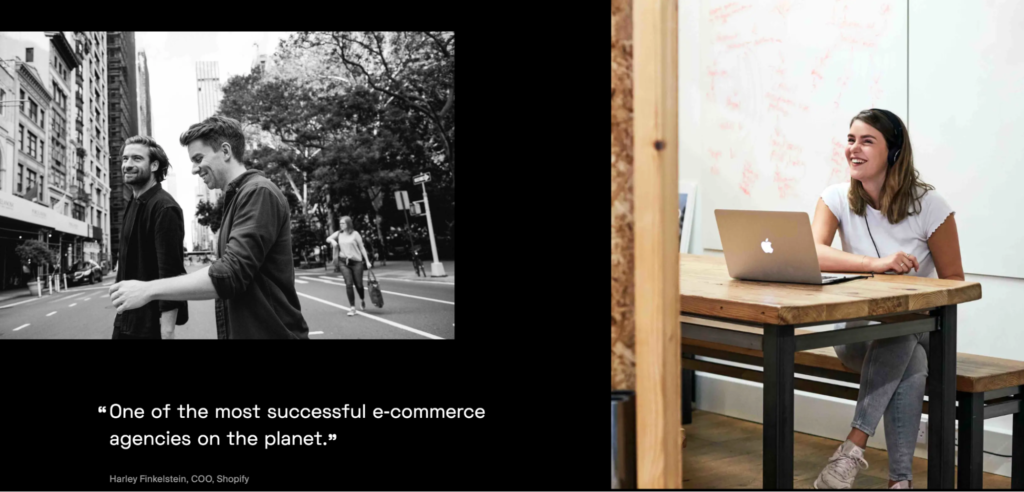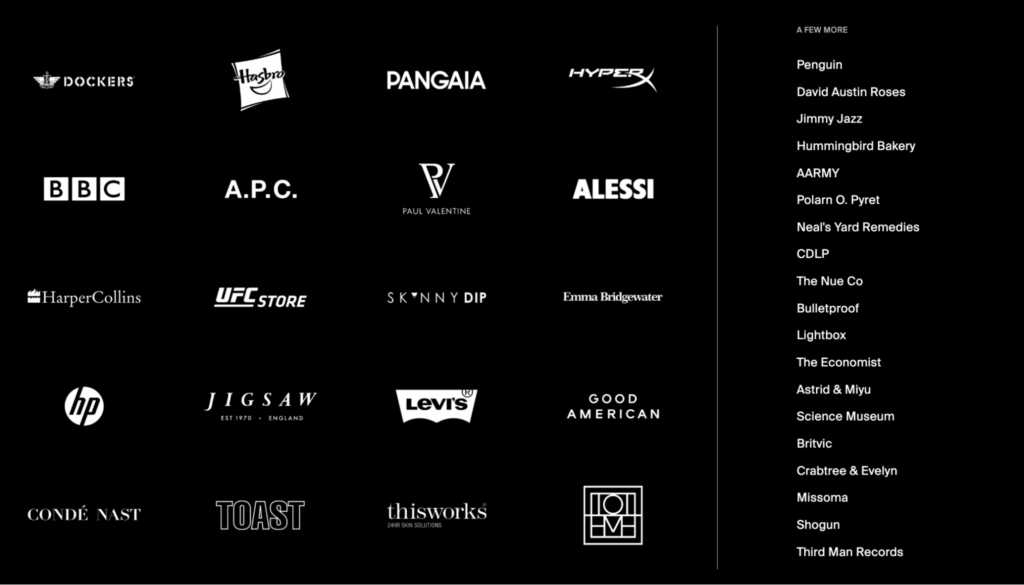As the first international Shopify Plus agency, We Make Websites (WMW) definitely knows a thing or two about what exactly it takes to take expand your business to reach an international audience. As ecommerce continues to evolve and grow, considering what needs to be done in the process of branching out into international markets is an important step for many brands at scale.
We chatted with Alex O’Byrne from WMW about what businesses should think about when they decide to go international on our Hit Subscribe podcast.
Key takeaways
- Taking your store international can unlock access to untapped revenue growth, new wholesale and retail opportunities, and prestige.
- The first step in making this change is determining the architecture of the store: Will you have multiple regional websites or a single store relying on automation?
- You’ll need to look at configuring and optimizing: currency, taxes, language, customer service, operations, shipping and returns.
Why go international?
WMW went international themselves, growing from the US to Canada and reaching new audiences. Similarly, ecommerce businesses who are well established in their startup and growth phase should consider going international to scale.
A word of caution, though—it can get complicated.
It’s typically best to consider going international after your brand is well settled, established, and looking for the next step in unlocking revenue growth and opportunities to partner in other locations. This can give you access to new wholesale and retail opportunities and gives your brand an edge over competitors, which is especially common for fashion brands looking to expand to fashion capitals like London and New York City.

“We were trying to figure out how to increase our revenue as an agency and grow […] So we decided that we would expand internationally.”
–Alex O’Byrne, Founder and Managing Director at We Make Websites
In that same vein, localization is a strategic move, especially for specific verticals that have garnered market demand in certain locations. Developing an ecommerce presence in these areas can increase conversion in those markets and improve the overall customer experience.
Key considerations for internationalization
When you’ve decided that internationalization is the next step for your brand, one of the very first things you’ll look at is the architecture of your store. Most stores opt to have multiple stores to cater to each region that they serve, though some do stick to a single store and rely on automations for things like currency and language.
Alex advises that WMW’s general approach is the multistore structure, especially for larger brands that need control of the merchandising and inventory for a particular region.
This also allows stores to take seasonality, such as when school or summer starts and ends and local holidays, into consideration for when and what to merchandise for different regions.
Currency
There are two avenues that international stores normally take with currency. The first: showcasing the local price on the frontend experience while the checkout remains in the store’s currency. The second: allowing the customer to check out in their local currency.
There are pros and cons to both, and going international carries inherent risk due to its complexity.
Something to consider with currency and pricing is that having full control of the price shown in a particular region can satisfy wholesale agreements that may otherwise be impacted by fluctuating exchange rates. This is another advantage of taking the multistore approach, in addition to being able to have different currencies going to different bank accounts.
Language
While it may seem enticing to automate the translation process, Alex mentions that most of WMW’s brands individually write the copy for each regional store. This is because at that stage, it’s important to consider brand voice, presence, and consistency at all touchpoints.

Shipping & returns
Shipping and taxes can get quite sophisticated. The simplest way to go about shipping, and often where most brands begin, is having a distribution center in the country you are in, and then exporting everything from there.
Once you begin looking to build out your brand internationally, you’ll start looking at having local fulfillment centers. This also makes it easier to do returns, since you aren’t having to take the cost of shipping for the return internationally.
Customer service & compliance
Similar to having specific copy for each regional store, the customer service aspect is another important reflection of your overall brand presence and voice. When you take your business international, you can begin with outsourcing your customer service, but you may sacrifice customer experience and brand consistency. As your company develops in local markets, you may be looking into hiring locally and determining budgets to produce content and marketing strategies in those areas, too.
You’ll also need to consider data protection laws and regulations in the regions which you serve. Certain state laws, for example, require you to grant your customers the ability to see exactly what data you are storing about them and the option to have it completely erased. This is an area that you’ll likely require legal advice in to ensure you are being compliant in all the different locations to which you are serving.
Laws are always changing, too, so it’s important to have a legal team to maintain the integrity of your business and stay ahead of the game. Because of the recurring nature of subscriptions, for example, it’s likely that you will run into laws like California’s Automatic Renewal Law where you’ll need to ensure you are communicating clearly and effectively to customers that they will be continually charged.
Taxes
Taxes themselves can be quite… taxing. When you consider the implications of charging and shipping to customers to places like Europe, for example, you have to look at how taxes behave quite differently. In the US, tax is added to the cost of the product, while in Europe the tax—or VAT—has to be included in the cost of the product already. This is another advantage in going with the multistore approach due to the flexibility in being able to control pricing.
Leveling up your ecommerce business
Once you’ve done the work and addressed all the different aspects of going international, you can look at elevating your international shopping experience even further. You can refine your storefronts by adding your own unique brand voice to your copy, tailoring your marketing strategy and content, and optimizing your overall operational strategy.
Check out the full interview with Alex, as well as conversations with other industry experts, on our Hit Subscribe podcast.
Sources
[1] Market demand (Recharge ecommerce glossary)
[2] Brands Selling Internationally on Shopify (We Make Websites Blog)
[3] How to take your ecommerce business international (Hit Subscribe podcast)



